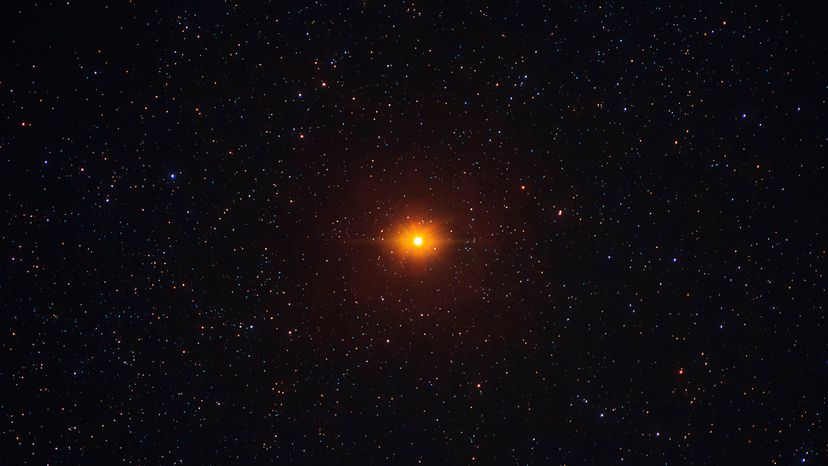Scientists use a variety of sophisticated methods to measure the size of a star, blending the art of observation with the precision of modern science. This process involves collecting data from telescopes equipped to peer deeply into the cosmos, beyond the dust and gas that scatter throughout the Milky Way.
Light
One primary technique used is interferometry, which combines the light received from multiple telescopes to create a more detailed image of a star. This method allows scientists to resolve the star's apparent size with remarkable accuracy, even when it lies thousands of light years away.
Additionally, the measurement of a star's brightness, or luminosity, provides crucial clues about its size. By understanding the intrinsic brightness of a star and comparing it to its observed brightness from Earth, scientists can infer its distance and size. This calculation takes into account the light absorbed and scattered by interstellar dust, ensuring the data reflects the star's true characteristics.
Advances in technology and the science of spectroscopy, which analyzes how light interacts with matter, further refine these measurements by offering insights into the star's temperature, composition, and motion, all of which are integral to determining its size.
Specialized Telescopes
Furthermore, the Hubble Space Telescope played a pivotal role in this endeavor, offering previously unparalleled clarity and depth in observing distant stars. (The James Webb Space Telescope is now the latest and greatest in this field.)
The Hubble's ability to capture high-resolution images was crucial in refining measurements of star sizes, including those of very massive stars, by penetrating the dust and gas of the Milky Way to reveal the cosmos beyond.
While this is an oversimplified explanation, this gives you a brief glimpse at how astronomers catalog the stars in the universe with astonishing precision.
